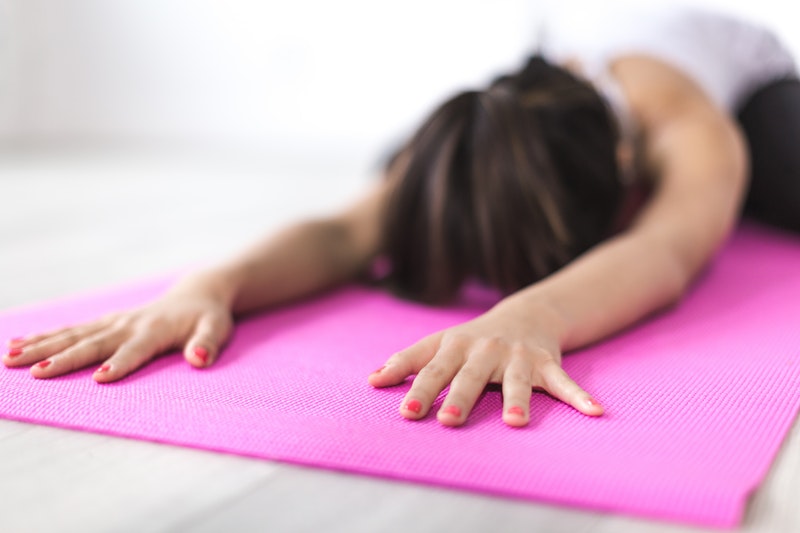
Many people of various ages struggle with posture issues and related back pain. Alignment issues can manifest themselves many different ways, from the mildly inconvenient to the debilitating. Your spine (and the muscles that surround it) is at the root of all these problems.
Proper spinal curve and alignment are essential for a healthy back and optimal wellbeing. But before we explore what chiropractic treatment can do for you, you should know a bit about what a healthy spine looks like.
What is the Natural Shape of the Spine?
Looking at your spine from behind, it should appear straight up and down with no deviations. Any small or large curves in your spine to the left or right from this angle may be investigated as potential Scoliosis.
From the side, your spine should make a gentle “S” shape. The spine has three main curves. Your neck and your lower back should have a slight concave curve (curved in toward the front of the body). These two parts of your spine are called the cervical spine and lumbar spine, respectively. Your upper back, known as the thoracic spine, should have a convex curve (in which the spine curves out behind you).
Abnormal Spinal Shape
Lordosis is a condition that refers to an excessive inward curve of the spine, and Kyphosis refers to an abnormally exaggerated outward curve. However, these terms may also be used to describe the natural curvature of the spine.
Posture
Now that you know the basics of what a healthy back looks like, you and your chiropractor can get to work making a change. A critical factor to keep in mind is proper posture. Posture can be an indicator of spine health and an important tool in addressing issues.
As you move forward in your chiropractic treatment (or any accompanying treatments prescribed by your doctor), you will begin to experience reduced pain and mitigate future spinal alignment or posture issues.
Contact our office today to begin your journey toward optimal alignment and increased health!




